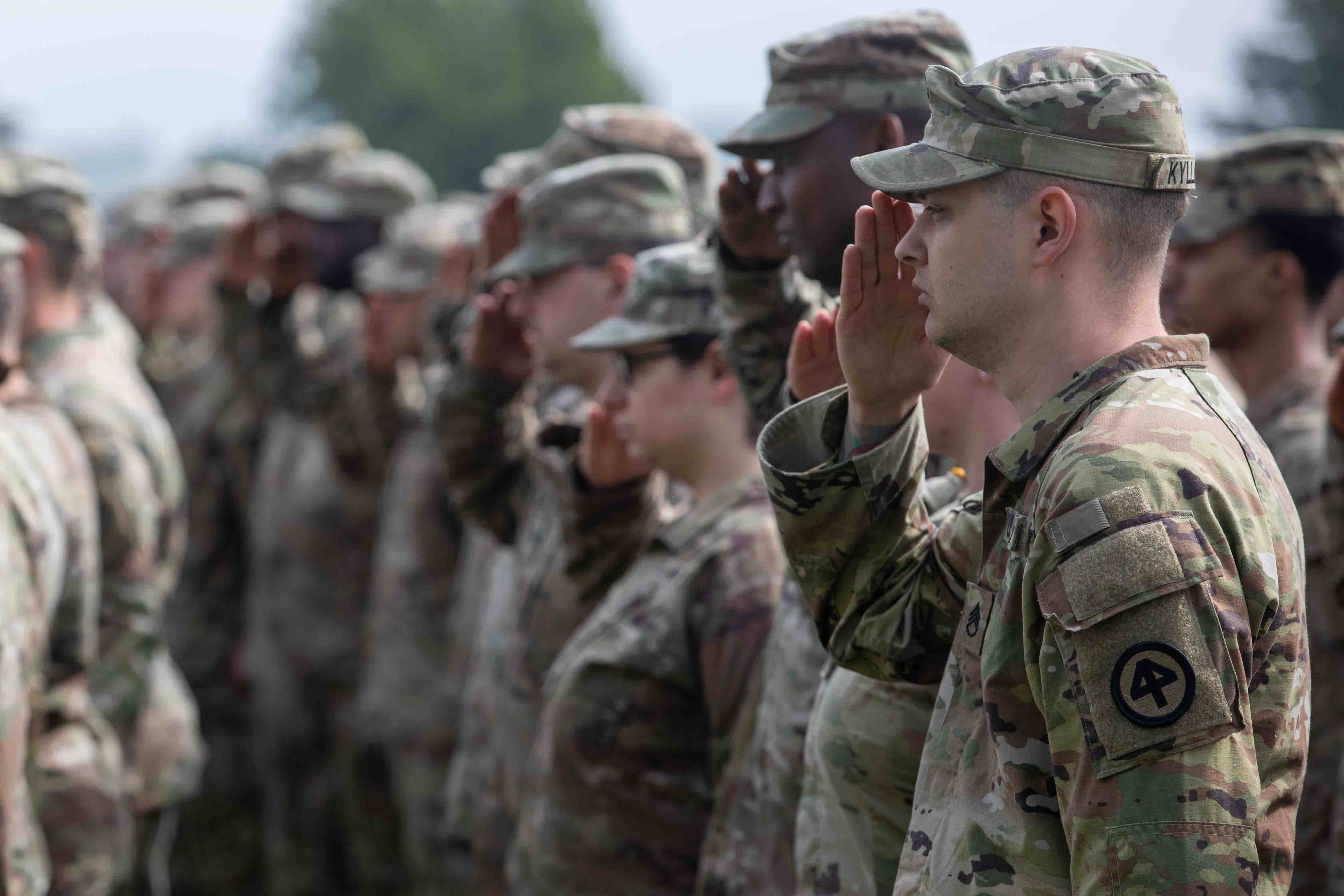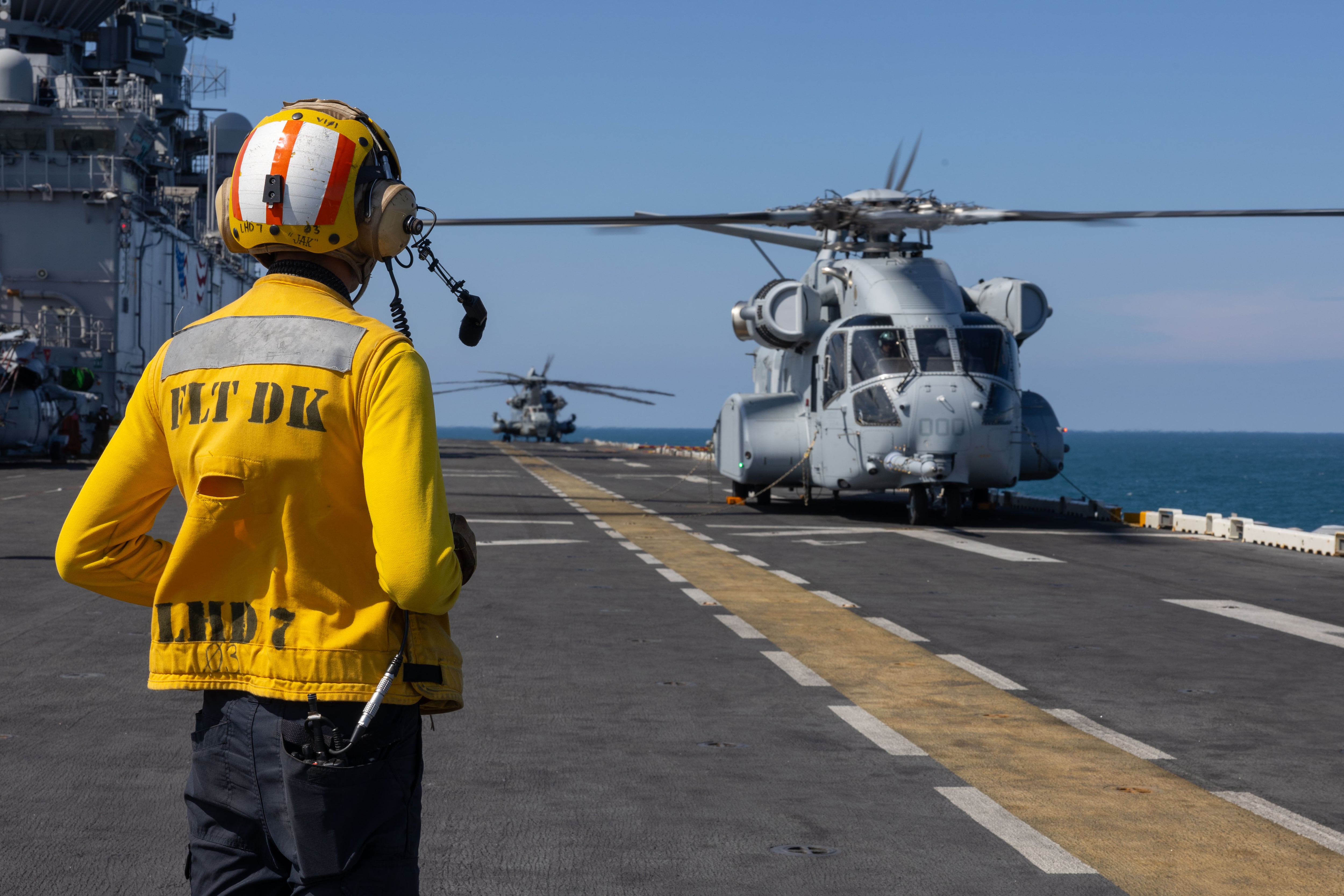For 36 hours, Maj. Roger Lee led a team of sled dogs over 200 miles of snow and frozen river in air that peaked at 17 degrees and plummeted to 30 -below.
The trek, called the Knik 200, began and ended in Willow, Alaska, the first of three races Lee must complete to qualify for the Iditarod. He hopes to compete in that famed "last great race" winding over 1,000 miles from Anchorage to Nome by 2017.
The journey began nearly two decades ago when Lee acquired a Husky named Toothpic who would accompany him on the ski slopes around Joint Base Elemendorf-Richardson, Alaska.
"That was my first experience of learning how to encourage something, of getting pulled by something," said Lee, now a bioenvironmental engineering operations officer for the 60th Aerospace Medicine Squadron at Travis Air Force Base, California.
He learned that he couldn't let the dog do all the work, that if Toothpic sensed Lee was pulling his own weight, Toothpic he would work harder.
During those outings, Lee met sled dog racers out in the wintry conditions with their animals. The more he learned from them, the more he was interested in their lifestyle.
"I used to do ski patrol in Colorado. I was a rafting guide for many years. I'm used to hanging around with people where this doesn't sound too crazy," Lee said.
Not to mention he'd served with airmen in Alaska who'd performed maintenance work in subzero temperatures; it was all relative, he said.
Lee began volunteering at dog sled races, including the Iditarod. He figured that was as close as he'd ever get to being a part of it.
But during the 2012 event, he met dog sled racer Scott Janssen, who at the time was embarking on his second 1,000-mile journey from Anchorage to Nome.
Janssen was wearing a Beatles hat. Lee grew up in Liverpool — birthplace of the English rock band — and had served in the British army's Arctic warfare unit before coming to the U.S. in 1990. The two struck up a conversation.
Janssen took a rookie under his wing every couple of years, said Lee, who soon looked on the seasoned dog sled racer as a mentor.
The airman began training in earnest, starting out behind all-terrain vehicles and, when the snow fell, snow mobiles. Finally, Lee transitioned to sleds. During those training runs, he would sometimes lie in the snow while the dogs rested and watch the Northern Lights dance across the sky in shades of red and yellow — colors even the most seasoned among them said they'd only ever seen a handful of times.
"You're looking up and seeing these things [that would appear] in National Geographic," Lee said.
He listened to stories of past races and lessons learned. Just before 2 p.m. on Jan. 31, Lee set off on the Knik 200, his goal simply to finish. He did, 36 hours later, just before 11 p.m. on Feb. 1.
"You've got a training plan, you stick with the training plan," he said.
"It's just like being in the military mindset of knowing your equipment, knowing your people and being aware that you have more than what is going on at that moment," he said in an Air Force news release.
The conditions couldn't have been better — more snow than ice. A portion of the race was along the Iditarod trail, giving Lee a glimpse of what he hopes to one day experience in full.





